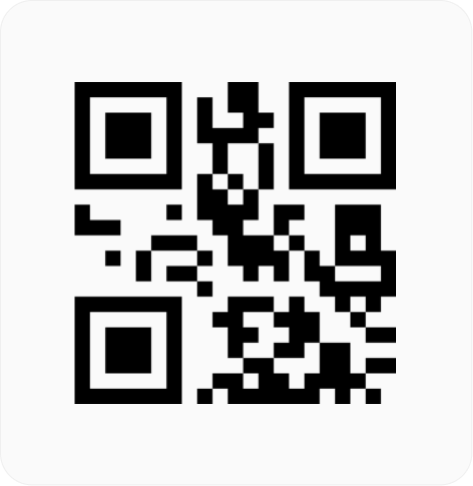2D barcode (two-dimensional barcode)
2D barcodes are machine-readable codes that store data both horizontally and vertically, allowing them to contain much more information than traditional 1D barcodes. In the following, we will explore the different formats, examples, and standards of 2D barcodes.

2D barcode formats
2D Barcodes consist of a grid of pixels that can have either an on (black) or off (white) state. There are several 2D barcode formats, including QR codes, Data Matrix codes, and PDF417 codes. QR codes are commonly used in marketing and advertising materials, while Data Matrix codes are often used in industrial settings. PDF417 codes can store large amounts of data and are commonly used in transportation and logistics applications.
2D barcode examples
2D barcodes can contain various types of data, such as URLs, contact information, and product information. For example, a QR code on a business card can be scanned to automatically add the person’s contact information to a phone’s address book. Another example is a 2D barcode on a product that can be scanned to reveal detailed product information, including the manufacturer, expiration date, and ingredients.
2D barcode standards
The two main standards for 2D barcodes are ISO/IEC 18004 and GS1 DataMatrix. ISO/IEC 18004 is used for QR codes and other 2D barcode formats, while GS1 DataMatrix is used for Data Matrix codes in supply chain applications.



